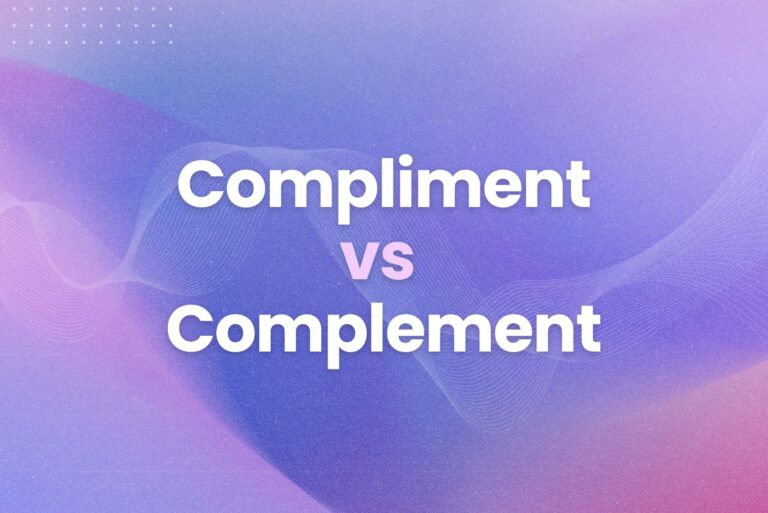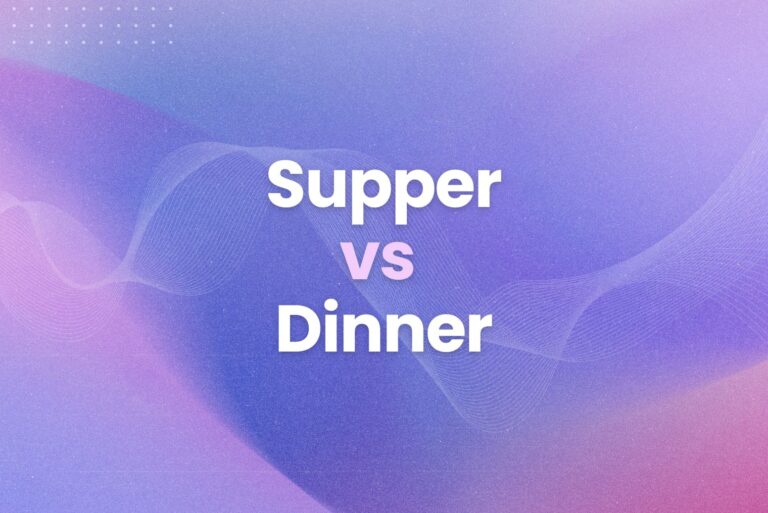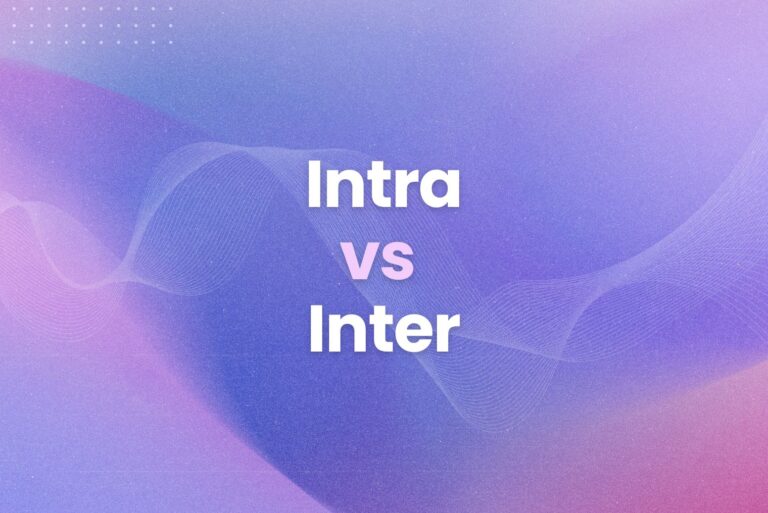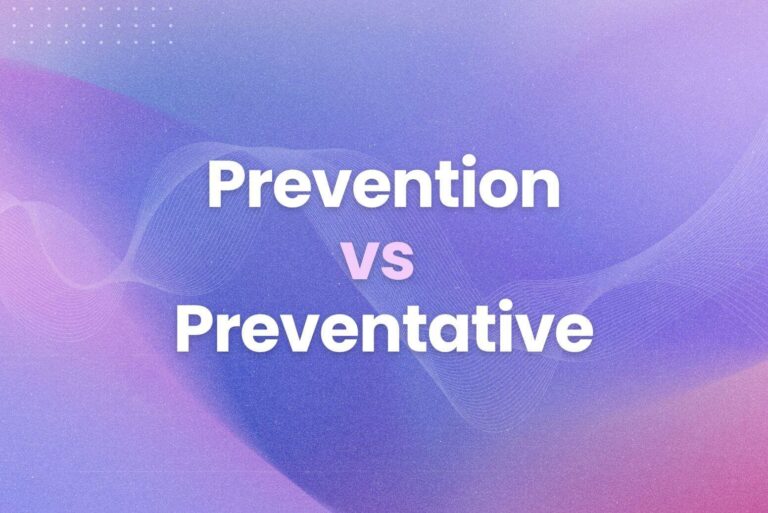Possum vs Opossum Explained: A Comprehensive Guide
Have you ever wondered about those furry creatures hanging around at night? Are they possums or opossums? Many people use the terms interchangeably, but they’re not quite the same. We’ll clear up the confusion once and for all. This guide breaks down the key differences between Discover the key differences between possum vs opossum.
Are they the same? Learn now in this comprehensive guide. We’ll cover everything you need to know, from their appearance to their behavior.
- First of all, identifying physical characteristics
- Secondly, understanding habitat and diet
- Then, exploring behavioral differences
- Also, clearing up common misconceptions
- Lastly, learning about their ecological role
Let’s clear up the difference between possum vs opossum once and for all.
Identifying Physical Characteristics
Let’s start with the basics: how do you tell a possum from an opossum? It’s more than just a name game. There are some distinct physical traits that set them apart.
First, consider size. Opossums are generally larger than possums. Think of opossums as the big brothers of the family. They’re about the size of a house cat. Possums, on the other hand, are more comparable to a small dog.
In addition, look at their faces. Opossums have long, pointed snouts. Possums tend to have shorter, broader faces. It’s a subtle difference, but noticeable. Moreover, opossums have 50 teeth—the most of any North American mammal. That’s a lot of chompers.
Finally, let’s talk tails. Both have prehensile tails, meaning they can grip things with them. However, an opossum’s tail is typically longer and hairless, while a possum’s tail is often shorter and furred. Think of it this way: opossums use their tails like an extra limb, almost like a fifth hand.
| Feature | Opossum | Possum |
| Size | Larger (cat-sized) | Smaller (small dog-sized) |
| Snout | Long and pointed | Short and broad |
| Teeth | 50 | Fewer |
| Tail | Long, hairless, prehensile | Shorter, furred, prehensile |
Understanding Habitat and Diet of Possum vs Opossum
Where do these creatures live, and what do they eat? Habitat and diet play a big role in their lives. Let’s take a closer look.
Opossums are incredibly adaptable. They can thrive in a variety of environments. You might find them in forests, grasslands, even suburban backyards. They’re survivors. Possums, while also adaptable, often prefer wooded areas. They like a good tree to climb.
Now, let’s talk food. Opossums are omnivores. They’ll eat just about anything. Think fruits, vegetables, insects, eggs, and even carrion (dead animals). They’re nature’s clean-up crew. Possums, similarly, are omnivores, but their diet leans more toward plants, fruits, and nuts. They’re not as keen on carrion as their opossum cousins.
Here’s a pro tip: Knowing what they eat can help you understand their behavior. For example, opossums’ varied diet explains why they’re so common in urban areas. They can find food just about anywhere.
| Feature | Opossum | Possum |
| Habitat | Adaptable, forests, grasslands, urban areas | Wooded areas, also adaptable |
| Diet | Omnivore, fruits, veggies, insects, carrion | Omnivore, mostly plants, fruits, and nuts |
Exploring Behavioral Differences
Beyond their looks and diets, opossums and possums also differ in their behavior. These differences are key to understanding how they interact with the world.
One of the most famous opossum behaviors is “playing possum.” When threatened, they can feign death. This isn’t a conscious choice, but rather an involuntary reaction. It’s a dramatic defense mechanism. Possums, while they might also feign death, are more likely to simply run away or climb a tree when scared.
Furthermore, another key difference lies in their social lives. Opossums are generally solitary creatures. They mostly keep to themselves. Possums, on the other hand, can be more social, sometimes forming small groups.
Finally, consider their activity patterns. Both are primarily nocturnal, meaning they’re most active at night. However, opossums are a bit more opportunistic. They might venture out during the day if they sense an easy meal. Possums tend to stick to their nighttime routines.
| Feature | Opossum | Possum |
| “Playing Possum” | Common, involuntary feigning of death | Less common, might also occur |
| Social Behavior | Solitary | More social, sometimes in groups |
| Activity | Nocturnal, opportunistic | Primarily nocturnal |
Clearing Up Common Misconceptions
Possums and opossums are often the subject of myths and misunderstandings. Let’s debunk some of the most common ones.
- Firstly, the idea that they’re “dirty” or “diseased” is simply not true. Like any wild animal, they can carry parasites, but they’re not inherently dirtier than other animals. In fact, opossums have a remarkable resistance to rabies.
- Secondly, the belief that they’re aggressive is also false. They’re generally shy and non-confrontational. “Playing possum” is a testament to their desire to avoid conflict. They’d much rather run away than fight.
- Thirdly, there’s the confusion about their intelligence. While not the brainiest creatures in the animal kingdom, they’re certainly not dumb. They’re adaptable and resourceful, which speaks to a certain level of intelligence.
| Misconception | Reality |
| Dirty/Diseased | Not inherently dirty, rabies resistant |
| Aggressive | Shy, non-confrontational, prefer to avoid conflict |
| Unintelligent | Adaptable, resourceful |
Learning About Their Ecological Role
Possums and opossums play a vital role in their ecosystems. They’re more than just furry faces in the night; they’re important contributors to the health of their environments.
- Firstly, they’re natural pest control. They consume large quantities of insects, snails, and slugs, helping to keep these populations in check. Think of them as nature’s exterminators.
- Secondly, they’re seed dispersers. As they travel and eat, they spread seeds throughout their habitat, contributing to plant growth and biodiversity. They’re like tiny gardeners, planting trees and flowers wherever they go.
- Lastly, they’re scavengers. They help clean up the environment by consuming carrion, preventing the spread of disease. They’re nature’s recyclers, keeping things tidy.
| Ecological Role | Benefit |
| Pest Control | Reduces insect, snail, and slug populations |
| Seed Dispersal | Promotes plant growth and biodiversity |
| Scavenging | Cleans up carrion, prevents disease spread |
Wrapping It All Up: Possum vs Opossum – You Got This
The next time you see a furry critter scurrying across your lawn, you’ll know whether it’s a possum or an opossum. These subtle differences greatly affect how we understand and appreciate these fascinating creatures.
Here’s a quick recap of what we covered on possum vs opossum:
- Firstly, opossums are generally larger with long, pointed snouts and hairless tails.
- Secondly, possums are smaller, with broader faces and furred tails.
- Also, opossums are omnivores, eating almost anything, while possums prefer plants and fruits.
- Then, opossums are famous for “playing possum,” while possums are more likely to run or climb.
- Lastly, both play important ecological roles as pest controllers, seed dispersers, and scavengers.
Now that you’re a possum/opossum expert, you might want to share your knowledge with the world. Whether you’re writing a blog post, crafting a nature documentary script, or just trying to win an argument with your know-it-all neighbor. Arvin can be your trusty sidekick.
From checking your grammar to helping you research related topics, Arvin is like having a whole team of experts at your fingertips. It’s the perfect tool for any budding naturalist… or anyone who just wants to sound smart about possums and opossums.
FAQs About Possum vs Opossum
Is possum the same as opossum?
While the terms are often used interchangeably, they’re not technically the same. “Opossum” is the more scientifically accurate term. “Possum” is a shortened version that’s more common in some regions, particularly in North America.
However, it’s important to note that technically, “possum” refers to a different family of marsupials found in Australia and surrounding islands. Therefore, to be precise, you should use “opossum” when referring to the North American marsupial.
Is the “o” pronounced in opossum?
Yes, the “o” in opossum is pronounced. It’s not silent. Think of it like the “o” in “open” or “over.” So, it’s oh-POS-um, not POS-um.
Why did possum become opossum?
The word “opossum” comes from the Powhatan Native American word “aposoum,” meaning “white animal.” It was first recorded in English by Captain John Smith in 1608. Over time, the “a” was dropped in some regions, leading to the shortened version “possum.” However, the original “opossum” remains the more formal and scientifically accepted term.
Is a possum a rat?
Absolutely not. Possums and opossums are marsupials, meaning they carry their young in a pouch. Rats, on the other hand, are rodents. They belong to a completely different mammalian order. Therefore, they are not related. So, while they might share some superficial similarities, they are distinct creatures.





